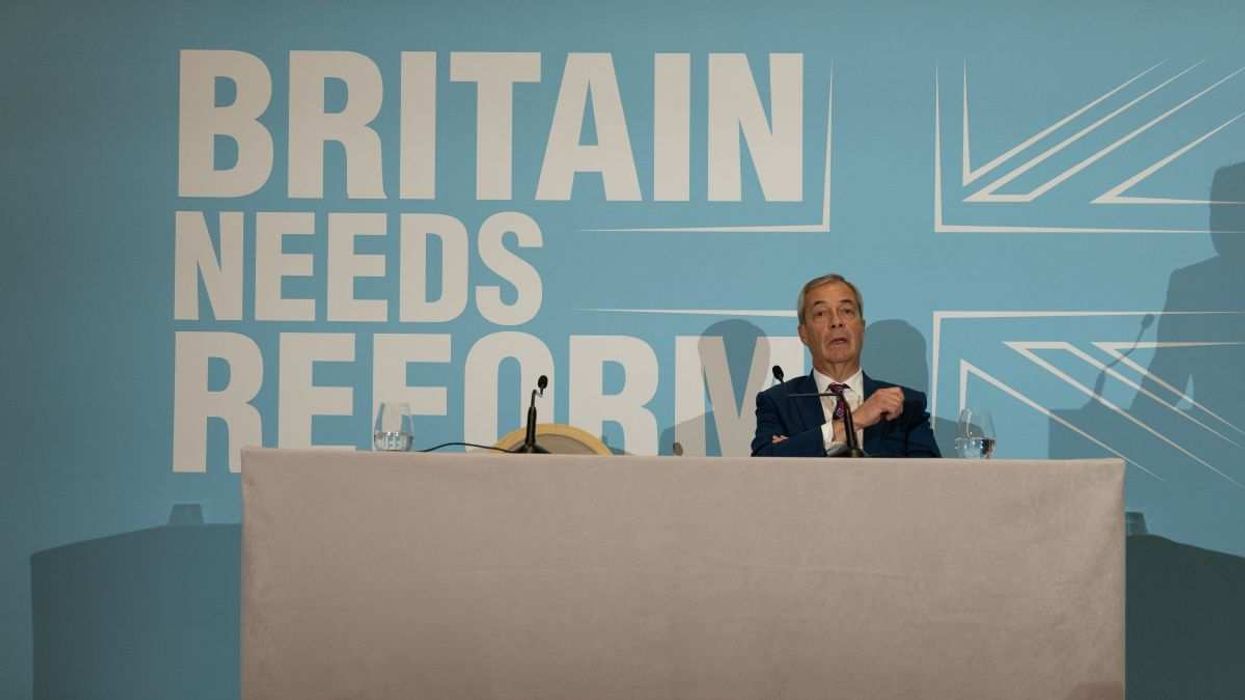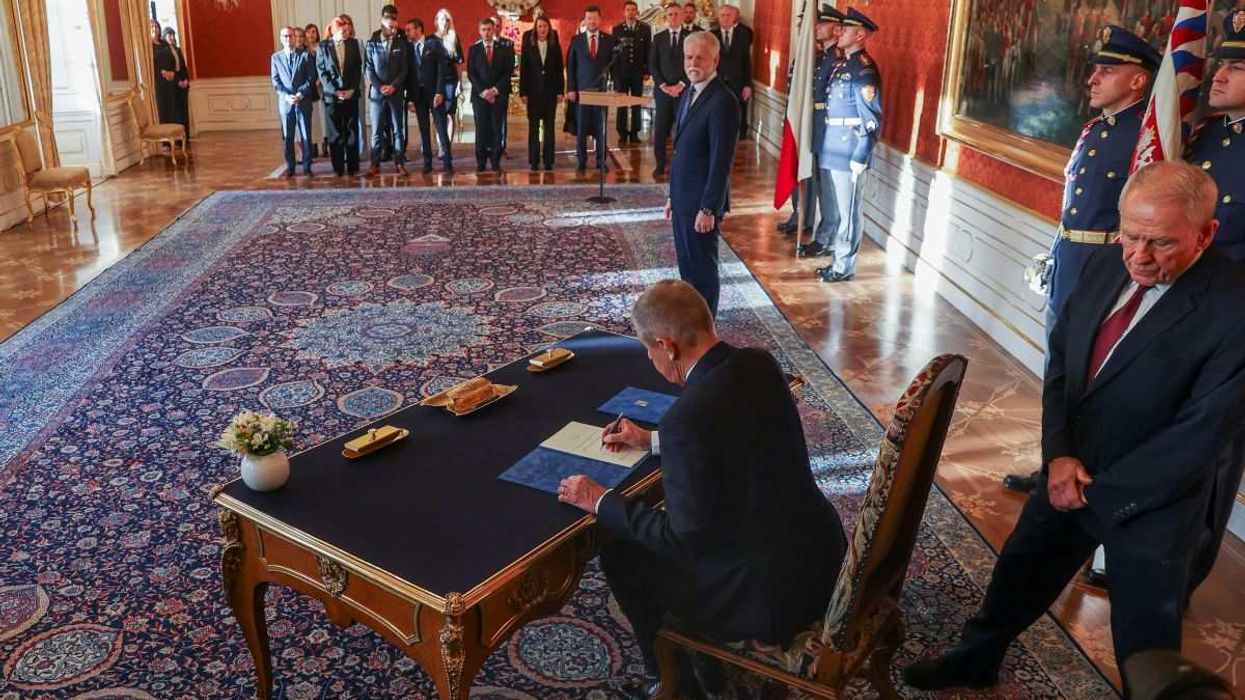North Korea has engaged in an aggressive spate of missile testing this year. In response, the US and South Korea are changing tack and pushing back against Pyongyang with a more muscular show of force. Washington and Seoul’s robust replies are designed to push Kim Jong Un back to the negotiating table, furthering their quest to denuclearize the Korean peninsula.
But it’s a risky gamble. The fresh approach could convince an isolated and broke North Korea to talk shop, or Kim could double down and conduct his first nuclear test since 2017.
The tit-for-tat ticks up. The North Koreans have been on a testing rampage. They’ve conducted 18 rounds of missile tests this year, including an intercontinental ballistic missile with the reported capacity of hitting the US mainland. So far, Pyongyang is estimated to have spent $650 million — 2% of its gross domestic product — on tests in 2022.
In the past, the US and South Korea have not responded to such provocations with reciprocal tests, says Jenny Town, a senior fellow at the Stimson Center in Washington, DC. Instead, they relied on other demonstrations of power, such as bomber runs, live-fire drills, and moving strategic assets to the region.
But a week ago Sunday, when Pyongyang broke its own record for the number of tests conducted in a single day with eight short-range missiles, the US and South Korea reacted with their own firepower and launched eight surface-to-surface missiles. Twenty-four hours later, as rumors of a North Korean nuclear test began to swirl, the South Korean and US air forces staged a joint patrol, with fighters flying in formation off South Korea’s coast. The exercise provided air cover for US Deputy Secretary of State Wendy Sherman, who was in Seoul that day and promised a “swift and forceful” response if Pyongyang tested a nuke.
A new heart in Seoul. The man behind South Korea’s new muscle flexing is President Yoon Suk-yeol. Elected last month, the conservative Yoon has been clear about wanting more joint exercises and weapons, and has even suggested that South Korea join the Quad (the security partnership between Australia, India, Japan, and the US that aims to keep China in check in the Indo-Pacific).
While Quad membership is a long shot — it would tick off Beijing too much — Yoon has hit the ground running with a more robust doctrine of dealing with North Korea.
Momentum for this approach to Kim has been building. In addition to the joint exercises, President Joe Biden promised to send strategic platforms — long-range bombers and submarines — to defend South Korea. And just as he left Seoul after his first presidential visit to Asia in May, both the US and South Korean navies held their first combined carrier-driven military drills since 2018.
Later this month, the South will deploy its largest-ever fleet force for a US-led multinational exercise in the Pacific. Pyongyang state media has responded by calling South Korea America’s “loyal dogs.”
Moon vs Yoon. The policy change between the previous administration of Moon Jae-in and Yoon is remarkable. Under Moon, military exercises were mostly shelved, Pyongyang’s moves weren’t publicly slammed as provocations, shows of force by South Korea were rare, and a careful balance was maintained with regard to the larger rivalry in the region: China vs. the US.
With the Chinese as their largest trade partners and the Americans as their only military allies, Moon towed a fine line and refrained from outwardly anti-China policies. With regard to the trilateral framework the US has long lobbied for both in Seoul and Tokyo, Moon was wary of Korea’s former colonial master and threatened to pull out of security agreements with Japan.
But under Yoon, the trilateral framework seems to be back on track. All three countries have spoken in unison against North Korea’s moves, and the Japanese are conducting their own military drills with the US.
With Yoon’s administration referring to all of North Korea’s recent tests as provocative, the gloves appear to be coming off in Seoul. On the campaign trail, Yoon made waves by suggesting the use of preemptive strikes — a “kill chain” in his words — to take out North Korean assets in what he described as “not trying to wage war, but to curb it.” The tough policy didn’t just get him votes; it also got China’s attention.
China tries to keep door open. Beijing doesn’t want Yoon to side too decisively with the US and Japan. So, despite Yoon’s tough-on-security credentials, China has been keeping the lines of communication open and stepping up its engagement with Seoul.
Chinese President Xi Jinping broke protocol and called Yoon before he took office. He also dispatched a senior ally in foreign policy kingpin Wang Qishan to attend Yoon’s inauguration, and both China’s foreign minister and defense minister held early discussions with their new counterparts in South Korea.
“The key question is how long China’s charm offensive will continue given that Yoon will put deepening security ties with the US and rapprochement with Japan at the top of his foreign policy agenda,” says Eurasia Group analyst Jeremy Chan. While Yoon also wants to maintain steady relations with South Korea’s top trade partner, China, a continued escalation from North Korea will drive a wedge between Beijing and Seoul, he adds.
China is also working behind the scenes to rein in Pyongyang in a bid to preserve its relationship with Seoul, Chan believes. But if North Korea conducts a nuclear test or engages in another serious provocation, pushing South Korea even more firmly into America’s embrace, Beijing’s recent outreach will have been for naught.
What is North Korea thinking? While Moon was pushing for talks, Kim was gearing up for a massive WMD and testing regime, which he launched in 2021. The supreme leader still seems determined to stay on that path.
With the UN Security Council — the only multilateral body that can punish Pyongyang — preoccupied by Russia’s war in Ukraine, North Korea may take advantage and test a seventh nuclear weapon. Is an aggressive counter-response approach the best way to get Kim to back off? Or to resume talks?
“I probably wouldn’t characterize the goal of this show of force to get North Korea back to the negotiating table per se but to try to discourage further testing at this point,” says Town. And it’s failing, she adds.
The North’s WMD testing plan is proceeding and will mostly discount Washington and Seoul’s actions, Town says, noting that US and South Korean maneuvering isn’t even making the news in North Korea. The “media is barely even covering North Korea’s recent missile tests,” she adds. Instead, it is focused primarily on epidemic management in response to the recent COVID outbreak.
When it comes to Seoul and Washington’s new approach, Town questions whether it will have any effect at all. It “might make the US and South Korea feel like they’re doing something and not just letting North Korea’s tests slide,” she says. “But it’s unlikely to have much impact on whatever North Korea already has planned.”



















